Alert
Alerts
Heritage






IGN cards
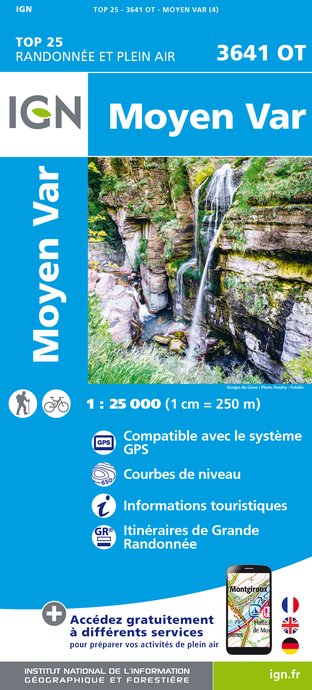
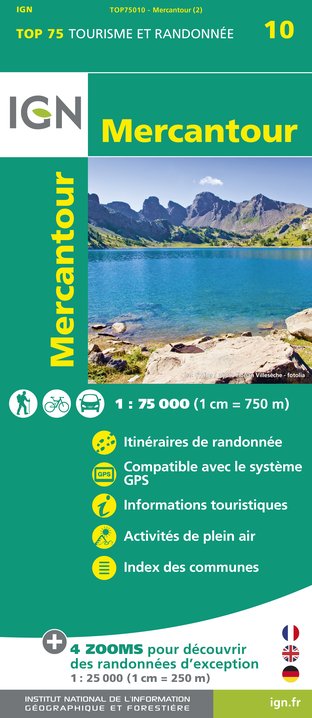
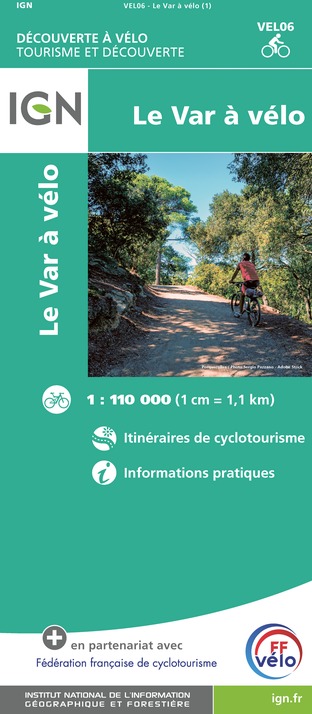
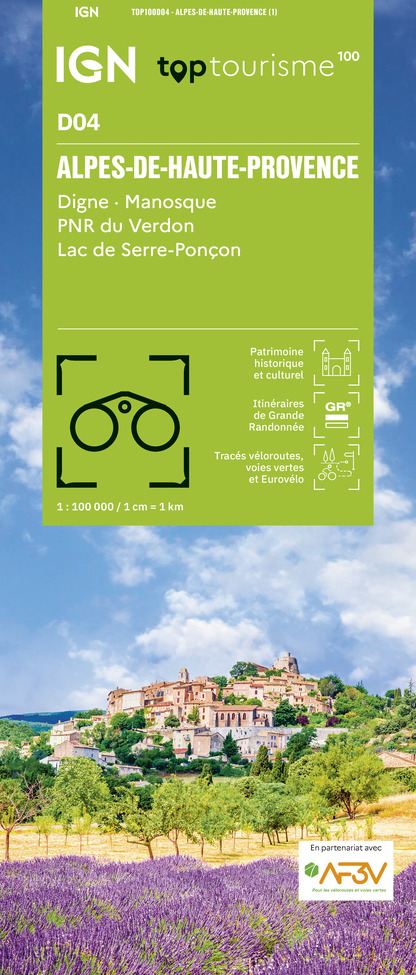
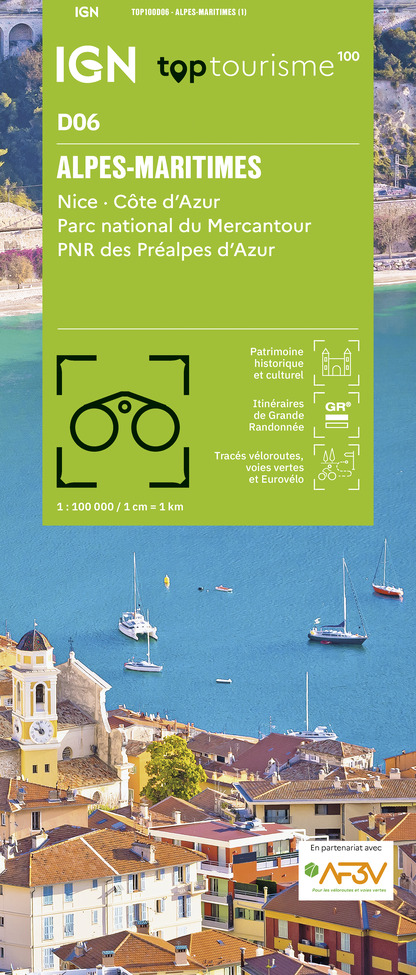



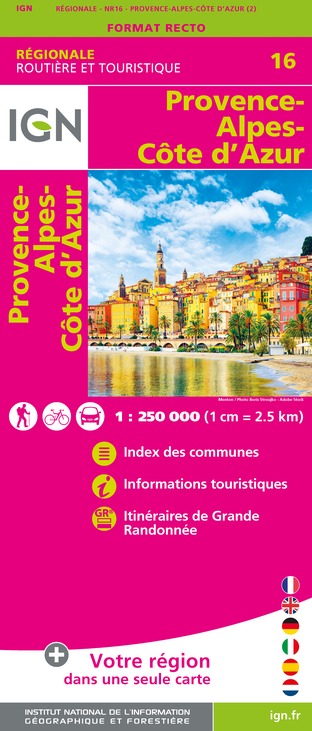

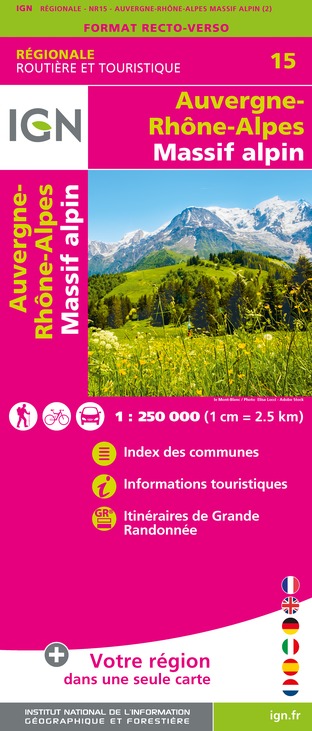

Description
1 Royal Gate, Machicolation Redoubt
Main entrance to the village since 1658 with 18th century machicolation redoubt with openings on the road side. The machicolations made it possible to throw all sorts of projectiles at the attackers.
2 Drawbridge and towers
In 1690, two rounded towers were built on either side of the bridge, as well as a machicolation barrier located above the bridge, which housed the two arrows of the drawbridge, known as the "bascule" bridge, which was raised at night until the middle of the 19th century.
3 Guardhouse
This vast room once enabled the soldiers guarding the entrance to the village to communicate with the covered way.
4 Jail
This police room was used to isolate suspects, petty criminals or as a "sobering up" room.
5 Hôtel du Commandant de la Place
Residence of the officer who commanded the fortress or governor. Monumental two-leaf door with glass transom,
Triple row of spires and rounded roof corners symbolising the homes of the nobility.
6 Bastioned tower of the Portette
This bastion and that of the barracks were artillery towers. The roof, which is quite exceptional in Vauban constructions of this period, characterises these two bastions.
7 Balcony from the 17th century
The wrought iron balcony is typical of the houses of the nobility. This was the residence of the Counts of Grasse-Briançon.
It has been altered, but it still shows the poor fortune of the rural nobility.
8 Hotel of the Barons of Glandèves
The Glandèves were lords of Entrevaux until 1542 and kept this hotel until the Revolution. With its triple row of windows, vast and numerous windows and monumental staircase, this hotel was transformed into a barracks in 1823. In front, on the rampart side, is the "bastion of the barracks".
9 School of Charity
Known as the "Brothers' Schools", they were created in the 17th century for the instruction of boys. They were used as barracks during the Revolution.
10 Cathedral
Built from 1604 to 1667, in Provençal Gothic style with a baroque heart, it is dedicated to "Notre-Dame de l'Assomption".
Located at the eastern end of the city, it has been part of the fortifications since the end of the 17th century.
11 Gate of Italy
A classic point of attack, including that of Charles V's troops in 1536.
This gate, a weak point, was powerfully fortified by Vauban: guardhouse with watchtower (of which only traces remain), drawbridge, artillery loops.
12 Double horn
This rampart (triangular M-shaped) protected the first drawbridge, itself overhung by a wall of skirmishers and the Pandol fort. The path known as the "olive trees" led to Italy and was an invasion route for Savoyard troops.
Savoyard troops.
13 Canons' Chapter
The canons assisted the bishop in his duties. The door is in the Renaissance style, with keel-shaped elements carved on the straight legs.
14 Episcopal Palace
Residence of the bishop within the walls. Note the triple row of genoese, the double door with a glass transom and the large windows. The bishops were all members of the nobility.
15 Renaissance door
Beautiful 15th century doorway with stone lintel (late gothic, early renaissance).
16 Clock tower
With its wrought iron bell tower, a classic in Provence.
17 Banal oven
Bread ovens were generally the property of the lords, their use was subject to a fee, hence their name. Private individuals who owned an oven still had to pay a fee to the lord.
18 Medieval market stall
Characterised by the two merchandise stands on either side of the door. Many stalls have been transformed, and you will find traces of them along the streets.
19 Former St. James' Hospice
In the Middle Ages, the hospice was both a hotel for travellers and a care facility for the sick. It served as a hospital until the 1960s.
20 Porte de France
With drawbridge and adjoining guardhouse.
22 Armoury
Reserve shop, armoury.
23 Access to the citadel and the Poudrière Museum
To reach the fortress: 25 minutes' walk, 800 m of path divided into 9 successive ramps, 156 m difference in height.
The powder magazine museum retraces the military history of the village. These 58 m2 could hold 9 tons of powder. This was far too much for Entrevaux and extremely dangerous.
Technical Information
Altimetric profile
Starting point
Additional information
Updated by
Office de Tourisme Intercommunal Verdon Tourisme - 07/10/2024
www.verdontourisme.com
Report a problem
Open period
All year round.
Contact
Phone : 04 93 05 46 73
Email : entrevaux@verdontourisme.com
Type of land
Hard coating (tar, cement, flooring)

